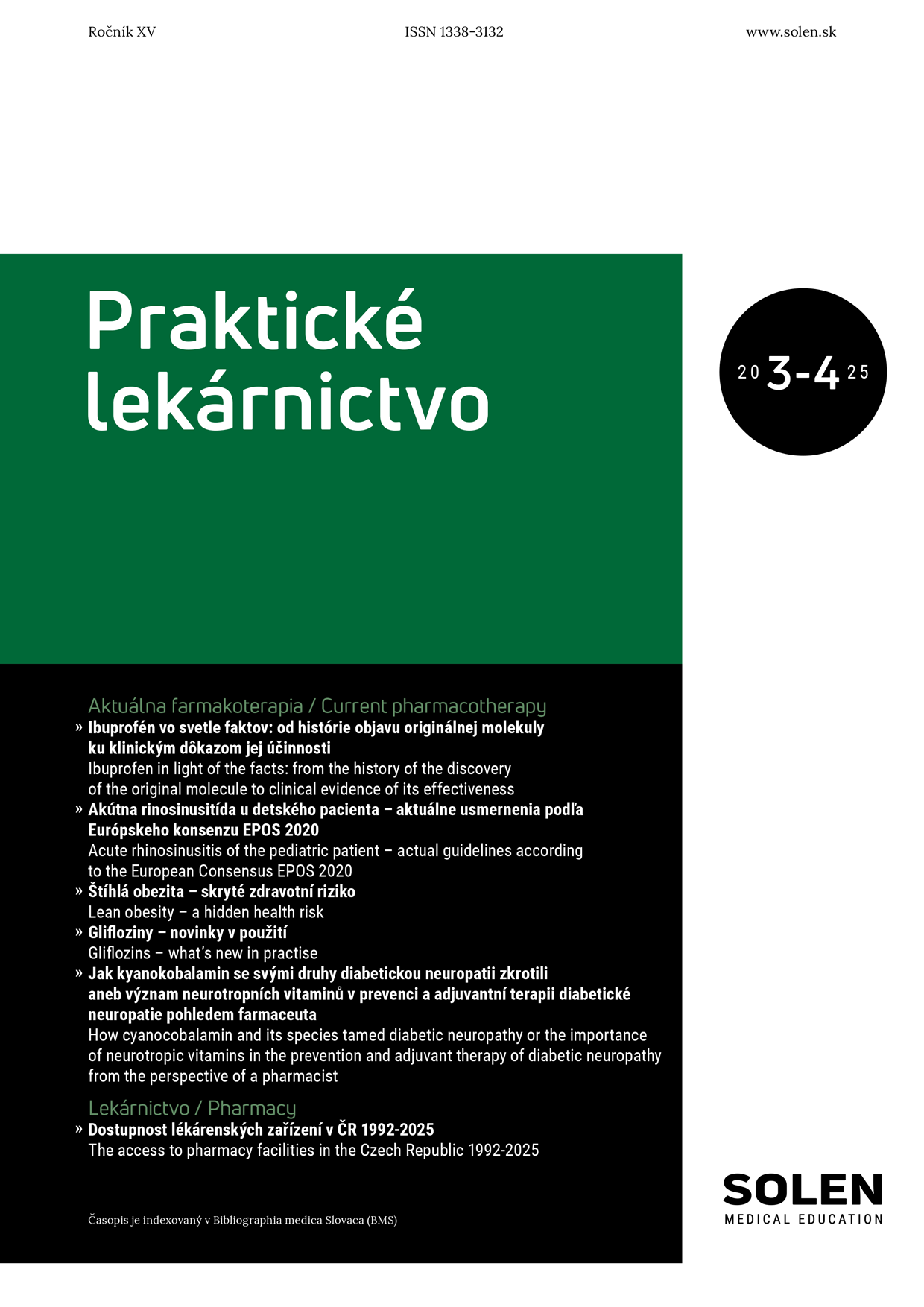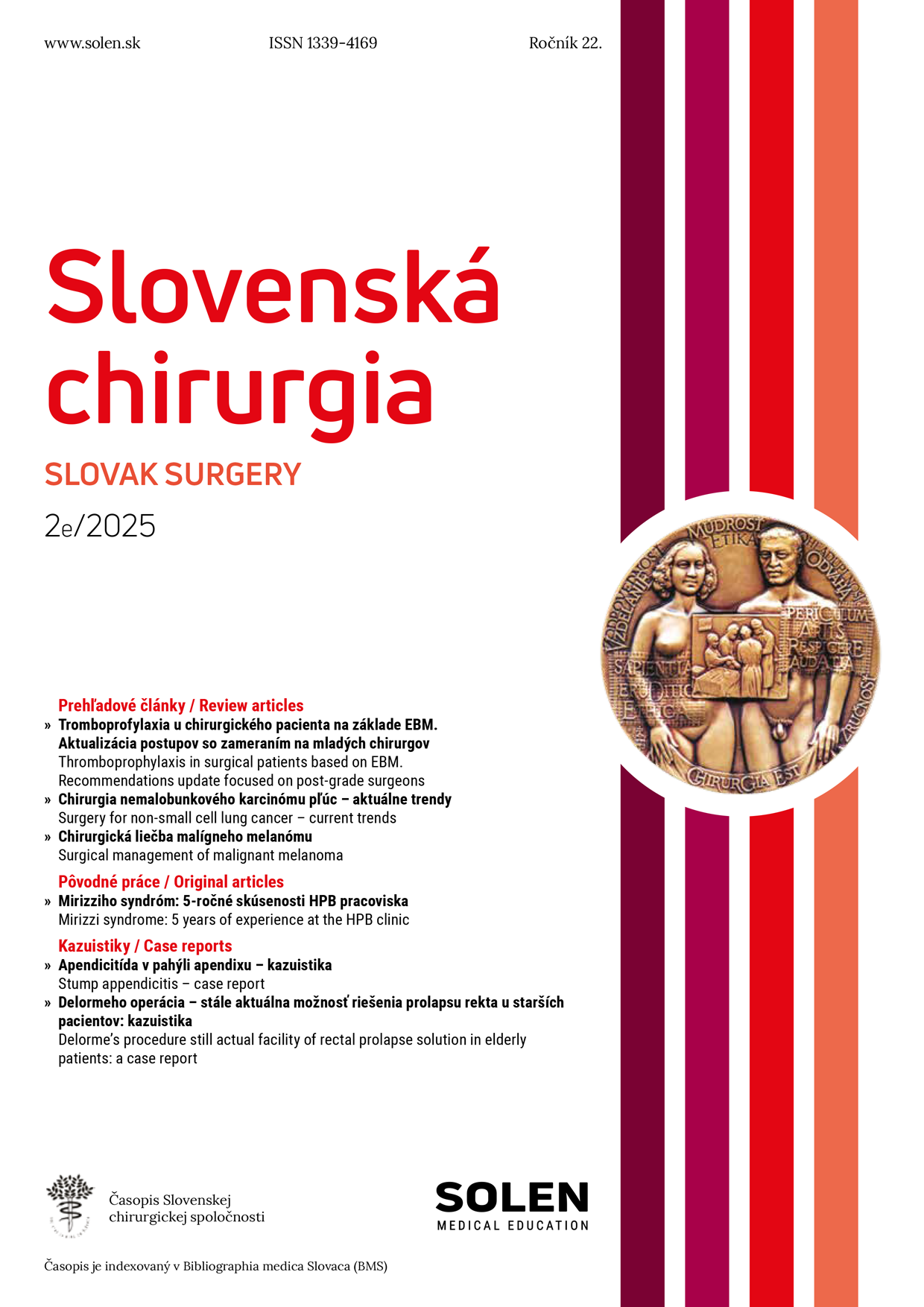Psychiatria pre prax 2/2019
Malígny neuroleptický syndróm s pridruženou infekciou dýchacích ciest u pacienta s prvou psychotickou epizódou
Predkladáme kazuistiku 22-ročného pacienta prijatého na svoju prvú psychiatrickú hospitalizáciu s diagnózou akútna polymorfná psychotická porucha s príznakmi schizofrénie. V úvode hospitalizácie na regionálnom psychiatrickom oddelení dochádza u pacienta k vzostupu CRP a telesnej teploty. Pre nedostatočnú odpoveď na antipsychotickú liečbu a za účelom elektrokonvulzívnej terapie (ECT) bol pacient preložený na našu kliniku. U pacienta boli realizované početné diagnostické vyšetrenia za účelom pátrania po ložisku infekcie, ktorá počas hospitalizácie progredovala. Pri kontrolných odberoch bol zaznamenaný vzostup kreatínkinázy a myoglobínu, čo v kombinácii s pretrvávajúcou infekciou vyústilo do preloženia pacienta na JIS Internej kliniky. Po ústupe febrilít a subkompenzácii laboratórnych parametrov bol pacient opätovne preložený na naše oddelenie, kde sa začalo s elektrokonvulzívnou liečbou s následným nastavením na perorálny olanzapín.
Kľúčové slová: psychóza, malígny neuroleptický syndróm, elektrokonvulzívna terapia, infekcia, febrilita
Malignant neuroleptic syndrome with an associated respiratory-tract infection in a patient with a first psychotic episode
We present the case report of a 22-year-old patient admitted for his first psychiatric hospitalization with a diagnosis of acute polymorphic psychotic disorder with symptoms of schizophrenia. At the beginning of his hospitalization at a regional psychiatric ward, the patient‘s CRP levels and body temperature rose. Poor response to antipsychotic therapy and the necessity of electroconvulsive therapy (ECT) resulted in the patient being transferred to our department. Numerous diagnostic examinations were conducted in order to determine the origin of the progressing infection. During the follow-up blood tests, an increase in creatine kinase and myoglobin was noted, which, in combination with the persisting infection, resulted in the patient being transferred to the ICU. After a decrease in body temperature and sub-compensation of laboratory parameters, the patient was retransferred to our department where electroconvulsive therapy was initiated, with subsequent administration of oral olanzapine.
Keywords: psychosis, malignant neuroleptic syndrome, electroconvulsive therapy, infection, fever

















